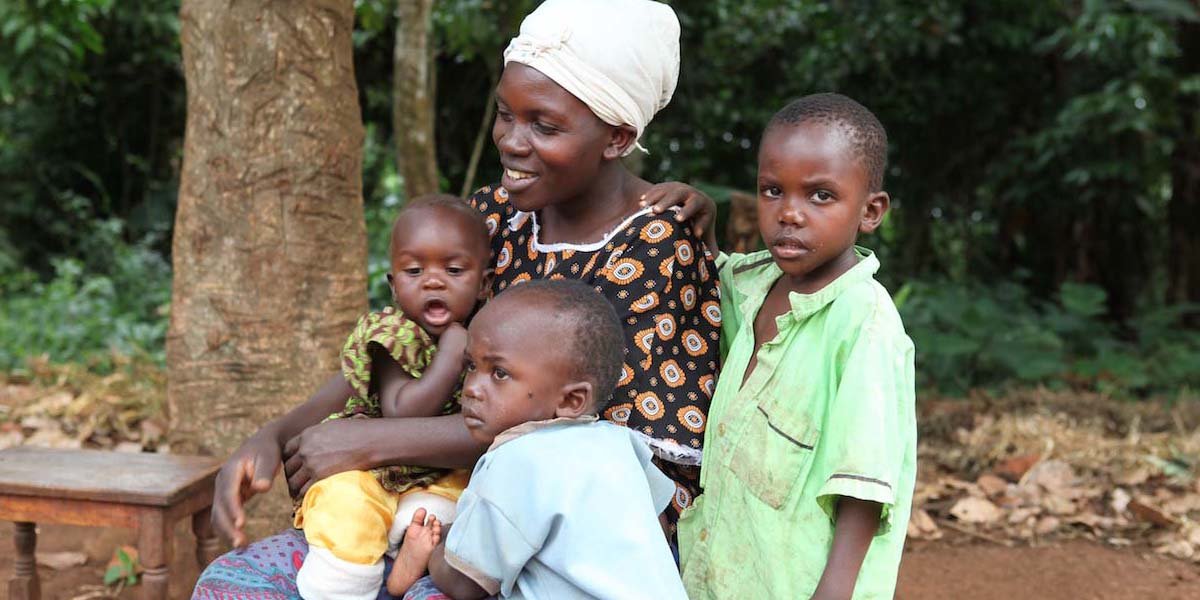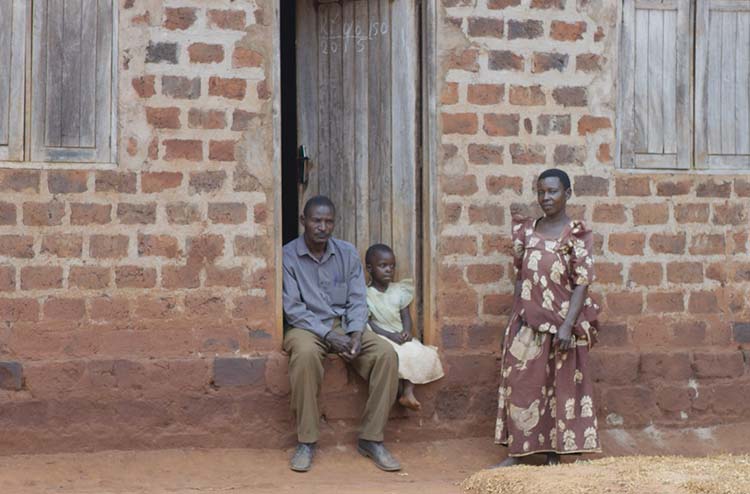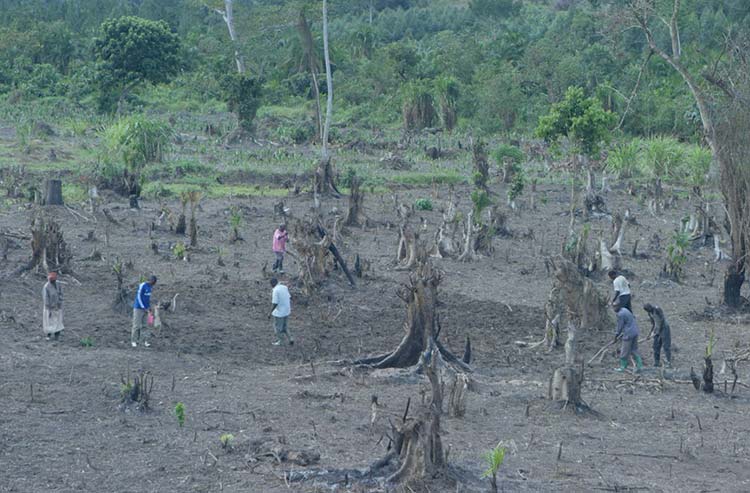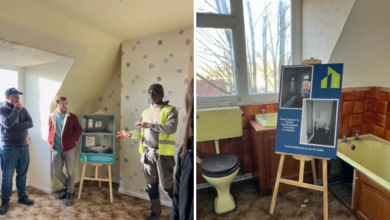

Discover our latest documentary on how we use microcredit to tackle some of the root causes of poverty in Uganda – narrated by Ronald, our volunteer coordinator in the country.
“Africa has been portrayed as a continent of hopelessness. Everyone with an interest in Africa is looking at the bad side:
- Looking at a naked child with flies in their nose
- Looking at a man on the street, helpless, looking at a wall, begging…”
What people don’t see is the optimism, the entrepreneurialism and the resilience in the face of adversity. People are hungry – in a good way. Hungry for life and hungry for more.
Some causes of poverty in Uganda
“There is a fault amongst the poor people that education is not important. If child can graze their animals and can dig at home and can fetch water, that is what is important.
Those ideas are still present in people’s minds. It is because they do not have a role model who has been successful because of education, and that’s the kind of situation we are stuck in.”
“I think the beauty about going back to these families is that it will give us a clear picture of what we’re actually doing as Habitat. It’s one thing to just serve the family once and then move on, but it’s another to go back and actually see the type of change that has taken place ever since we left for the last two and a half years.”
A community, microcredit programme for Africa
“The Habitat programme is really a community programme. The way we relate with them is totally different. The way the bank relates with them. If you give them a loan over and above what they can afford to pay, then we turn out to be enemies and not actually friends.”
“In my community I have sent approximately 200 people to Habitat and they’re being supported by Habitat and I’ve seen that it has done us good in our work with the people as leaders. I can cite an example of Emmanuel of whom you speak.
His condition was not all that good, and you see that the house he is currently living in and how far he’s reached now. So once he finishes his current house, everyone will acknowledge that he has a good home.”
“A home makes you feel like you belong somewhere” (read Halima’s story)

Why micro-lending is needed
Our partnership with microfinance institutions is there to replace banks where they fail.
“Over a season, with an acre of land, I will be able to sell around six to seven hundred pineapples. But it is dependent on the weather as well. If the conditions are bad, then I can end up with as few as two hundred per acre. But usually it’s between six and seven hundred.
And depending on the market, I can sell them for around 1,000 USH (£0.18) each. But I can never make enough from this to keep building and so that is where I need the loans from Habitat for Humanity. For example, the roof alone will need around seventy iron sheets, and I cannot cover that cost with the pineapples. Or if I did, I’d have nothing left for my family.”
Also in our work with Habitat we’ve also seen that some of our people who would’ve not been able even if they waited ten years to build a house, could build a house. On a monthly basis we could get between 50 to 100 thousand but would not be able to build; but Habitat gives loans in one go that enables us to build and pay back the money.
So for those reasons, many people have come out of situations that were not conducive and have built good houses. So many are now in a better position.

Slowly breaking the cycle of poverty
“One day I was in our town Busula, when I heard people talking about this organization. By my good fortune, I was there at that time and moved closer to listen. I went to see them and they told me that they were willing to give me a loan, and they came to see me.
That’s when we started our journey together. They told me to use that money for the house and not for anything else. At the start I got 100,000USH (£125) and I made sure I spent it only on building materials. From there I paid back the loan slowly, slowly.”
“In 1980, when we first moved here, it was a mud and wattle house. Then the war started. I was alone with our 8-month old child when I was told John had been killed in the war. I couldn’t pay for all these repairs and upgrades on my own.”
Construction in poorer countries is a different process
The home construction process, in Uganda or anywhere in Africa takes real resilience. Poor people do not build like rich people would. They don’t start a house, from start to finish; they build step-by-step, incrementally.
So today, they would put up a concrete slab for the floor, they wait until they have enough money for the walls and the process continues. The important aspect about our work at Habitat for Humanity is precisely that we tailor our solutions to each country and each community.
There can be no cookie-cutter solution, we know this doesn’t work. Our work always starts by talking to the local communities to determine their most urgent needs and how to help them in a way that will have the biggest impact – whether it’s when we’re building homes, toilets or helping boost the local economy.





Comments